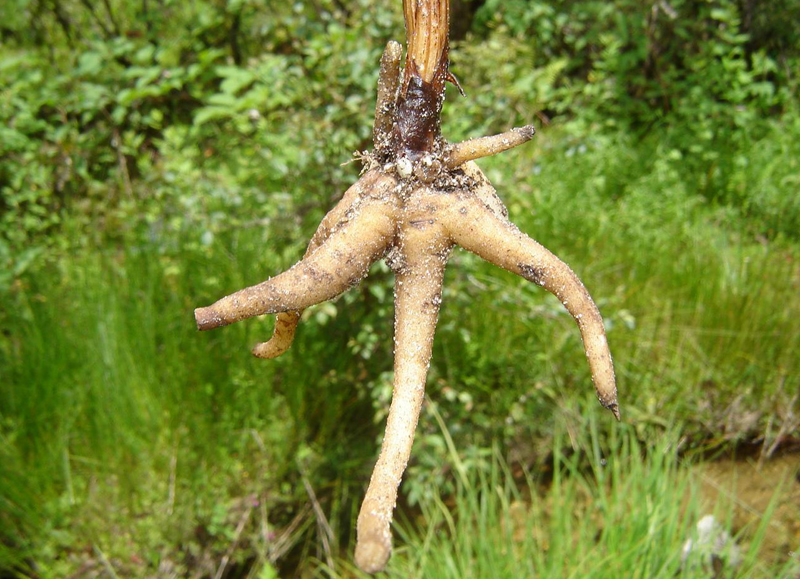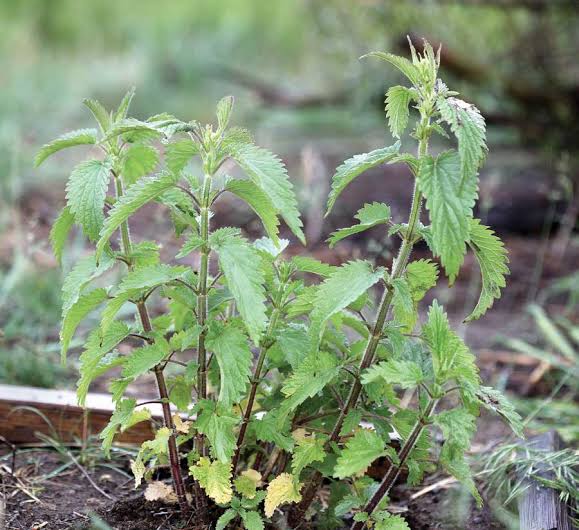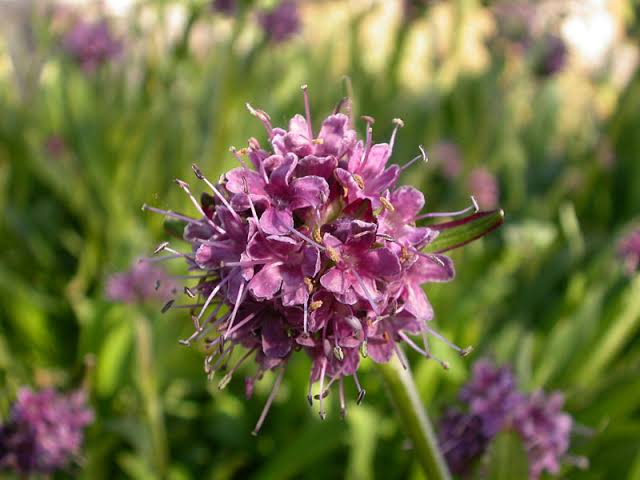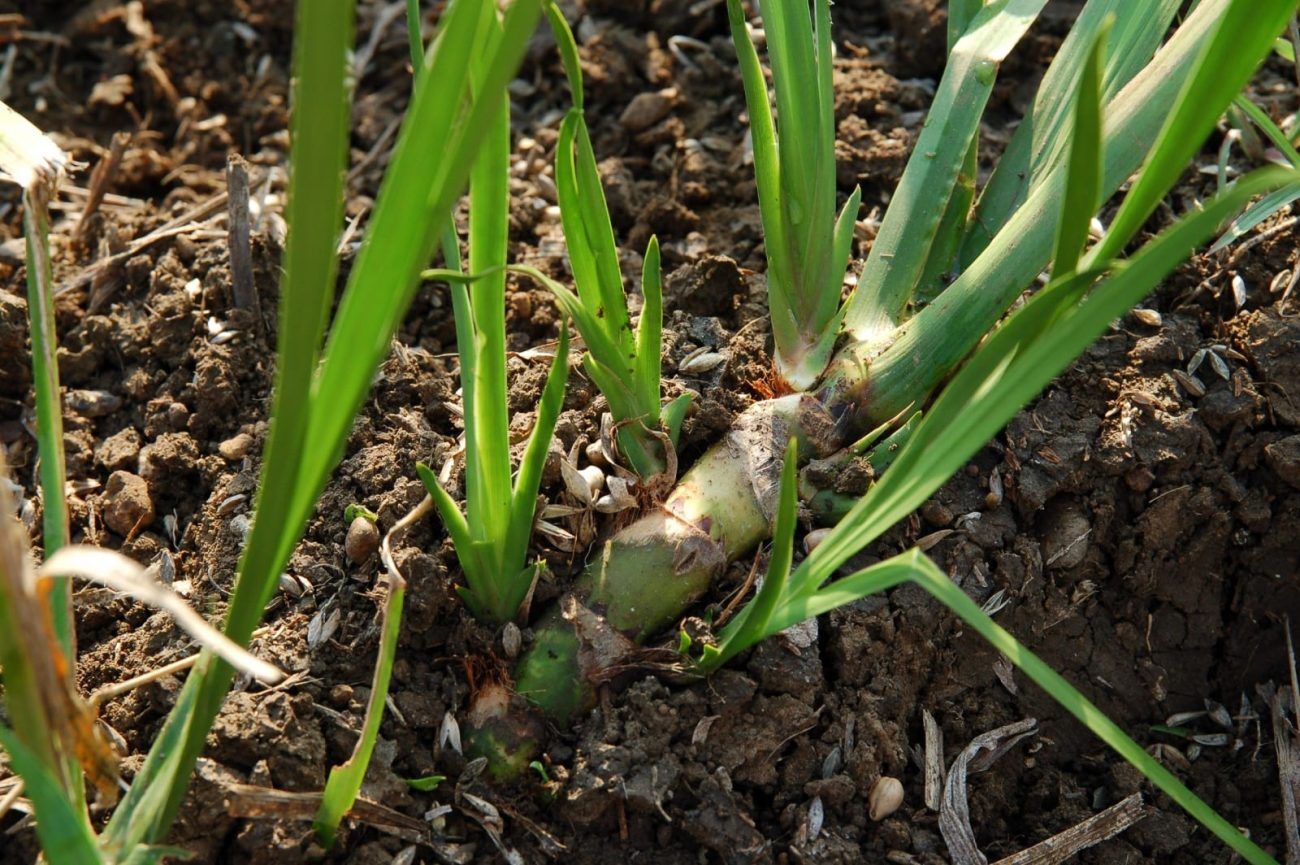Share this Article
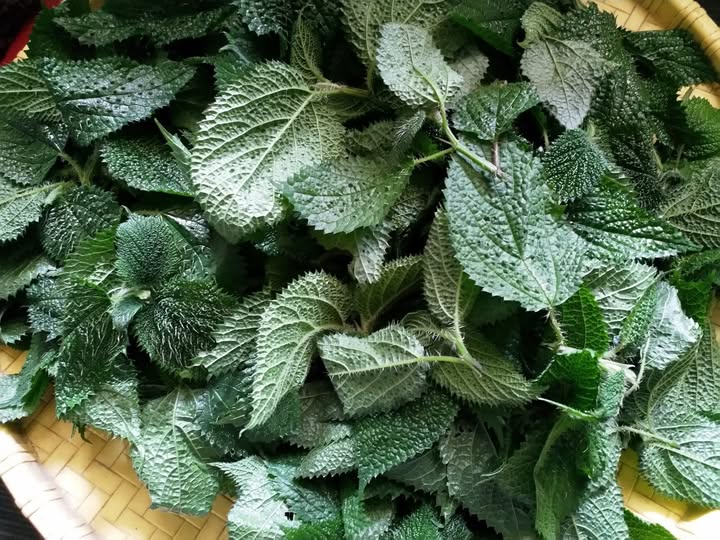
Introduction
In the hills and rural corners of Nepal, Sisno (locally called Sisnu, and scientifically known as Urtica dioica) is a humble yet potent herb that has nourished generations. Often dismissed as a weed due to its stinging hairs, Sisno is in fact a nutritional powerhouse and a valuable medicinal plant with centuries of use in traditional Nepali diets and remedies. As modern health trends lean toward natural and nutrient-rich superfoods, Sisno is finally regaining the recognition it deserves.
Botanical Background and Habitat
Sisno is a hardy, perennial plant found in temperate regions across Nepal, especially in the mid-hill and mountainous areas. It thrives in moist, nitrogen-rich soils along forests, riversides, and farmland edges. Despite its sharp stinging hairs that cause skin irritation on contact, Sisno becomes harmless and highly nutritious once cooked, dried, or processed.
Nutritional Value of Sisno
Sisno is incredibly rich in nutrients. A single serving offers:
- High levels of iron – excellent for anemia prevention
- Vitamin A, C, and K – for immunity and bone health
- Calcium and magnesium – essential for muscle and nerve function
- Protein and amino acids – making it a rare plant-based protein source
- Antioxidants and polyphenols – for anti-aging and disease prevention
It has more iron and calcium than many cultivated leafy greens and is completely organic when harvested from the wild.
Traditional Culinary Uses
1. Sisnu Ko Jhol (Nettle Soup)
A staple in many rural Nepali households, this soup is made by boiling and grinding Sisno leaves with salt, garlic, and ghee. It is both hearty and healing, especially during winter.
2. Sisno Saag (Fried Nettle Greens)
After boiling to neutralize the stings, the leaves are fried with mustard oil, onions, and spices—a simple yet flavorful dish.
3. Sisno Roti and Dried Powder
In some regions, the leaves are sun-dried and ground into powder to be used in rotis or as a medicinal additive during off-seasons.
Medicinal Properties and Health Benefits
1. Anti-inflammatory and Pain Relief
Used in traditional medicine to treat arthritis and joint pain. Both internal consumption and external application of nettle paste are common.
2. Blood Purification and Detoxification
Sisno acts as a diuretic, flushing out toxins and cleansing the blood. It is also believed to balance pitta and vata in Ayurveda.
3. Digestive and Kidney Support
Helps in managing digestive problems, kidney stones, and urinary tract infections due to its mild diuretic properties.
4. Hair and Skin Health
Nettle-infused water is traditionally used to rinse hair for preventing dandruff and promoting growth. It also soothes skin rashes and irritation.
Socio-Economic and Environmental Value
Sisno grows abundantly in the wild, offering food security to low-income, rural populations. With the right processing and packaging, Sisno products like teas, powders, and capsules can enter the domestic wellness market and even international health food sectors.
Additionally, Himalayan Nettle fiber, extracted from another variety of Sisno (Girardinia diversifolia), is used in weaving traditional fabrics. This opens up sustainable livelihoods through eco-textile industries.
Challenges and Potential
Despite its abundance and benefits, Sisno remains underutilized and stigmatized as “poor man’s food.” Lack of awareness, limited commercial processing, and absence from mainstream agriculture are major barriers.
However, increased health awareness, eco-conscious consumer trends, and demand for organic superfoods present a massive opportunity for entrepreneurs, NGOs, and community cooperatives.
Conclusion
Sisno is more than just a wild weed—it is Nepal’s native superfood, a sustainable natural remedy, and a symbol of forgotten wisdom. As the country looks toward sustainable development, food security, and health innovation, Sisno stands out as a simple yet powerful solution. Reviving its use in modern diets and wellness products can reconnect Nepali communities to their natural heritage while promoting better health and economic resilience.
Categories:
Medicinal Plants of Nepal
Tags:
SisnoNepal
,
TraditionalNepaliMedicine
,
SisnuBenefits
,
NaturalHealingNepal
,
SustainableForaging




